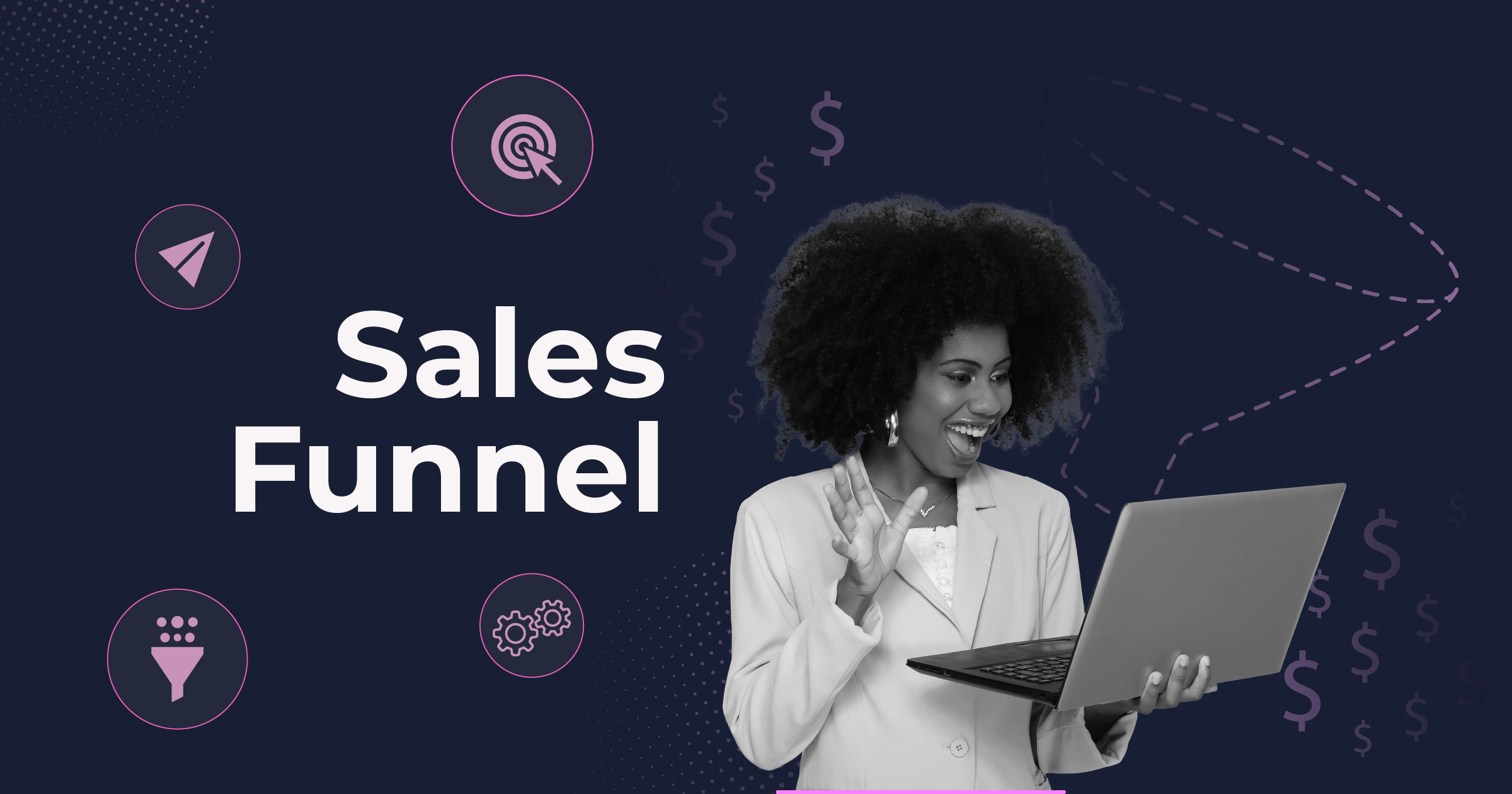
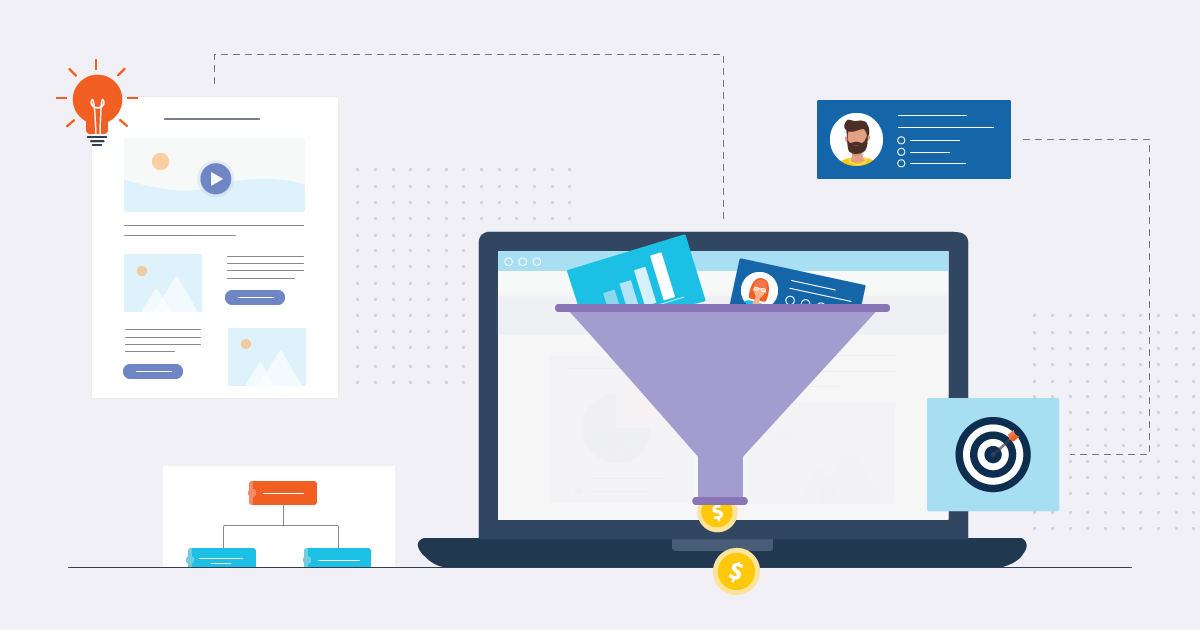
How To Build An Email Marketing Funnel With Flying Colors
Wondering how impactful an email marketing funnel can become for your marketing strategy? Then you’ve just landed in the right place. Learn its definition, benefits, and how to create one that works miracles for your business.
Email marketing is one of the most efficient tools businesses have to nurture customer relationships, especially in eCommerce. Ask every marketer out there, and they will confirm it with their whole heart. Need more solid evidence? The average email marketing ROI is $42 for every $1 spent, which is undoubtedly a success indicator.
However, you should first learn its rules and try things out before building a funnel that will help you reach your goals and get your strategy to the next level.
What Is An Email Marketing Funnel?
It’s best to start by answering a relevant question first: What is a marketing funnel? Briefly, it represents the different customer journey stages that transform a website visitor into a loyal customer. So an email marketing funnel represents how you can nurture your audience during these stages with promotional and educational content via emails.
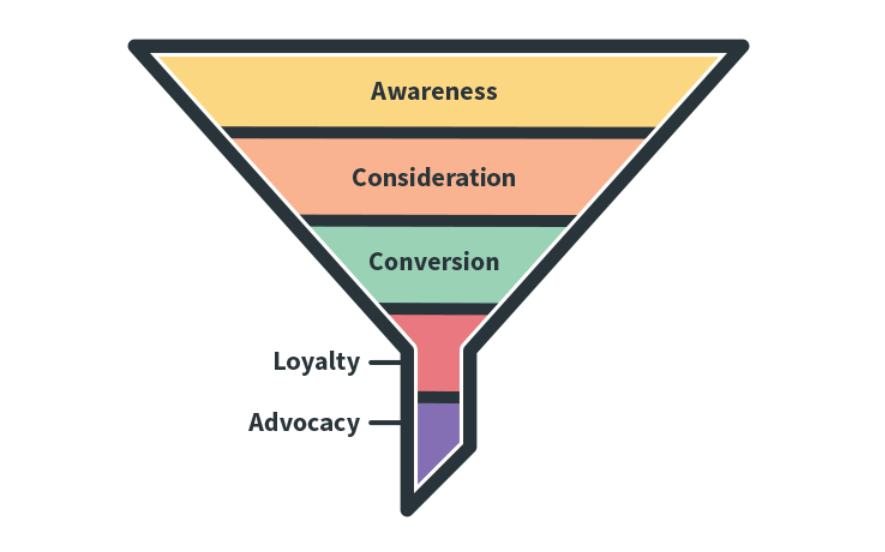
You can also come across the term email marketing sales funnel, including all the steps a customer goes through to convert. Especially in B2B organizations, the distinction can be more profound, as sales representatives can jump in the process using cold emails with videos or a sales pitch to push qualified leads down the funnel faster. But here, we’ll focus more on techniques that email marketers can put together strategically to meet their objectives.
Why Do You Need An Email Marketing Funnel?
Now, let’s see all the benefits this method can bring to your business:
1. It Helps Nurture your Audience
Once you start spotting your target audience’s needs and pain points, you’ll manage to deliver the right messages to them at the right time. This way, you’ll build a stable relationship that grows over time.
For example, when you obtain the email opt-in from new subscribers, send them a welcome email series. You can schedule another campaign with helpful content around your market to increase brand awareness in a few days. Follow this mindset in every step of the funnel, and your new leads will most likely stay on track if they’re interested in your product/services.
2. It Enhances Personalized Marketing
Personalized marketing tools can bring extra value to your business. First off, customers appreciate receiving messages from brands that are timely and thoughtful. When they sense that your priority is to offer them an excellent experience, chances are they will love you more.
So try to make your email content as personal as possible. For example, you can add their name on the subject line or make product and blog post recommendations based on where they stand on the funnel. This way, you’ll maximize open rates and positively impact the idea prospects and customers have of your brand.
3. It’s Easy to Track and Analyze
Building an email marketing funnel won’t happen overnight. However, if you acquire an effective email marketing platform with analytics capabilities, you’ll manage to figure out what works and what needs to be improved faster. Thus, you’ll be able to make the right moves that will gradually lead to success.
For example, with Moosend, you gain access to analytics and reporting tools that allow for more data-driven marketing decisions at each funnel stage.
4. It Increases your ROI if Done Right
Eventually, if you manage to check all the points above, you’ll witness positive results in your business revenue going forward. As mentioned in the intro, email marketing ROI can get high and benefit your business massively.
You can also look at the benchmark data for your industry to get a better view of how email marketing can shape your business in the long run.
Email Marketing Funnel Stages And Examples
So, what type of emails can you share at each stage of the funnel to nurture potential customers and, of course, existing ones? Here, we’ll present some top methods to get you started. This email marketing strategy frequently aligns with content marketing techniques, divided into three main categories based on their goal – top, middle, and bottom of the funnel. Have a look:
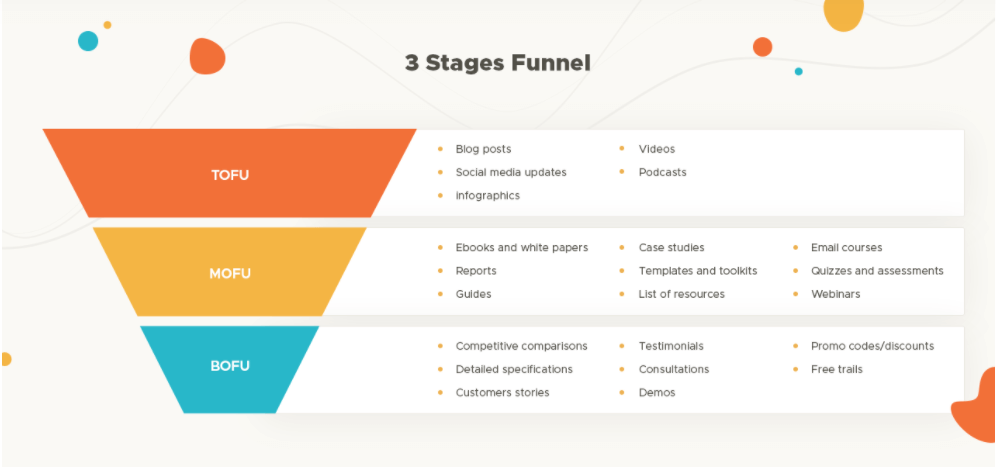
Awareness Stage – Top of the Funnel (TOFU)
These are the first-ever interactions with new email subscribers. Here’s an opportunity to raise the bar for your brand and show that you’re a thought leader in your field. It’s not the right time for more aggressive marketing methods. Instead, here’s what you can share with your audience:
- Blog posts
- Newsletters
- Checklists
- Infographic
- Podcasts
Want to see an example? Here’s one from Postable:
Subject line: The Postable Newsletter is BACK!
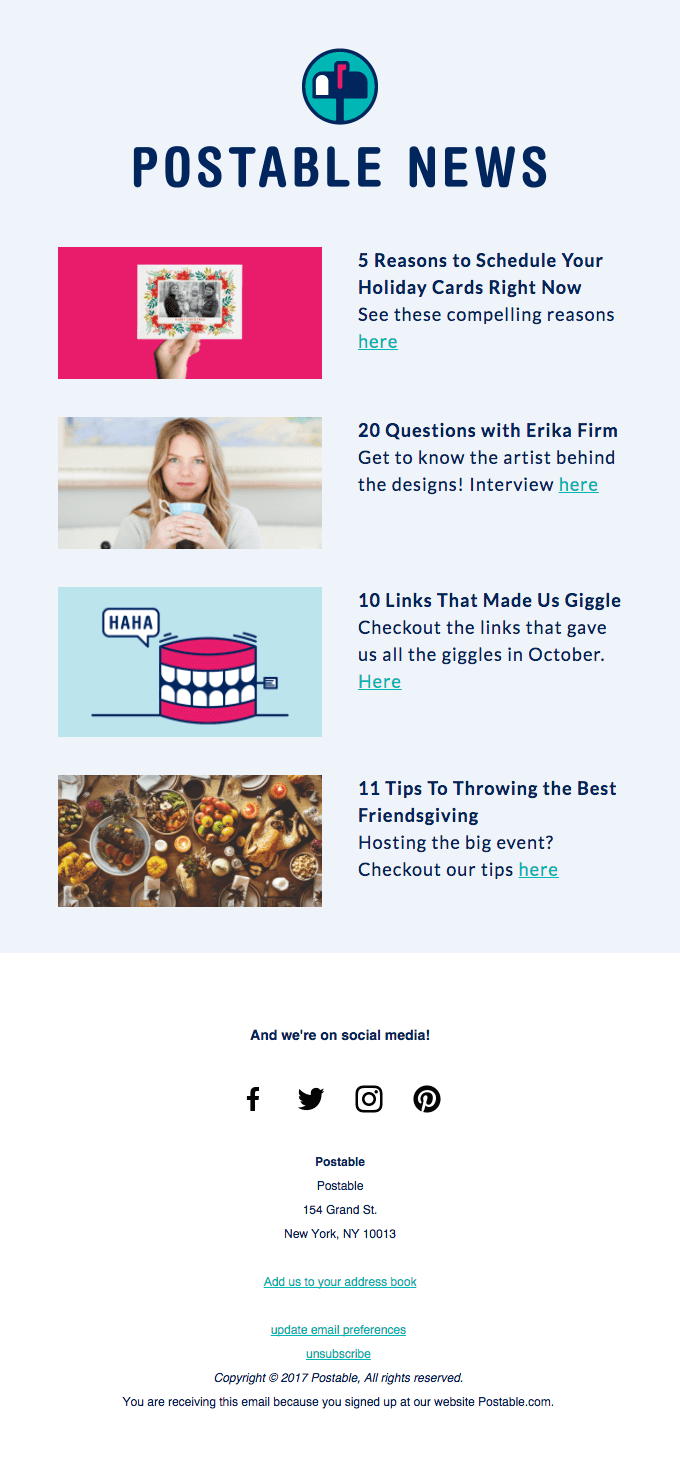
This email also includes social media links to redirect users to additional business platforms and kick off an omnichannel marketing experience. Smart, isn’t it?
Consideration Stage – Middle of the Funnel (MOFU)
Now, let’s move to the consideration stage. The lead has started to interact more with your brand through your website, emails, or other channels like social media. Now, it’s time to serve more targeted content to them, showcasing the benefits of your product/services. Keep in mind that the more personalized your outreach is, the better results your email marketing campaigns will have.
Wondering what to include in your emails at this point? Here’s a brief list:
- Case studies/Ebooks
- Whitepapers
- Webinars
- Quiz
- Templates
- FAQs
This info aims to show them how your offers can fulfill their wishes and soothe their pain points. For example, if you have an eCommerce skincare brand, you can share with your subscribers a content piece with product recommendations based on their skin type. Here is an exceptional example by Hawthorne in the form of a quiz:
Subject line: But, like, WHY should you wash your face?

Even if the reader doesn’t click on the CTA (call-to-action) button to find out more about the products, the rest of the copy still does the trick.
Conversion Stage – Bottom of the Funnel (BOFU)
And now the critical time has arrived. Will those prospects finally become your customers? You cannot leave this to luck, especially now that you’re closer to your conversion goal!
Fortunately, you can still utilize email marketing at this point to create urgency. Don’t hesitate to include “Buy now” buttons to gently push prospects to make the final call. What you can share with them:
- Demos/Free trials
- Testimonials/Reviews
- Discounts/Promo codes
- Customer stories
- Pricing pages
This is an email with customer reviews by Eight Sleep:
Subject line: Sleep deeper, longer, better
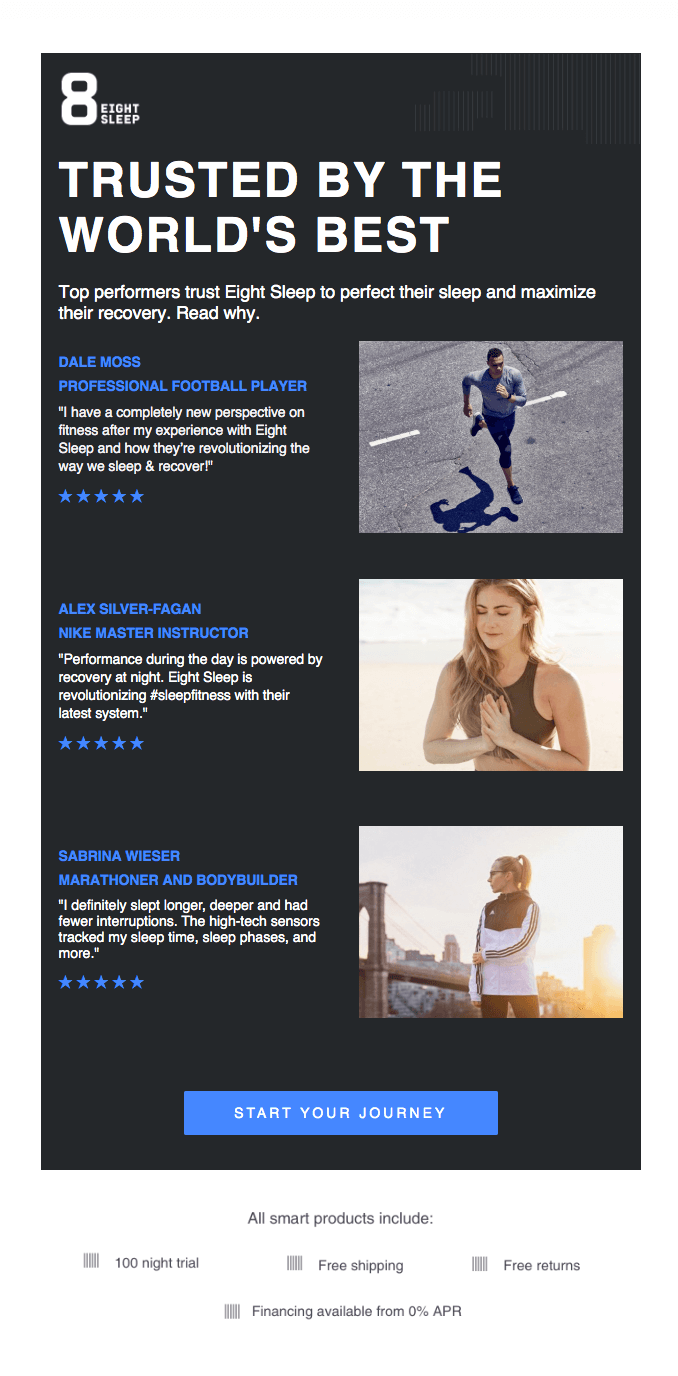
By delivering this social proof at the right time to your prospects, you’ll probably convince them to purchase. Demonstrate your most powerful stories based on the audiences’ needs to win them once and for all.
Loyalty/Advocacy Stages
Now that you’ve obtained your new buyers, you should continue nurturing your paying customers to secure retention. Send the first email during the onboarding process with helpful information and start conversations with them to win their trust and loyalty. Continue delivering valuable content to them and schedule cross-sell and upsell campaigns when you see fit.
Plus, you know well that nobody is a better cheerleader for your brand than your existing customers. If you treat them uniquely, they’ll be more than happy to spread the word. You can also nudge them with a referral marketing campaign or review request to acquire new leads. Look at this example by Maude:
Subject line: Get $5 off for every friend you refer.
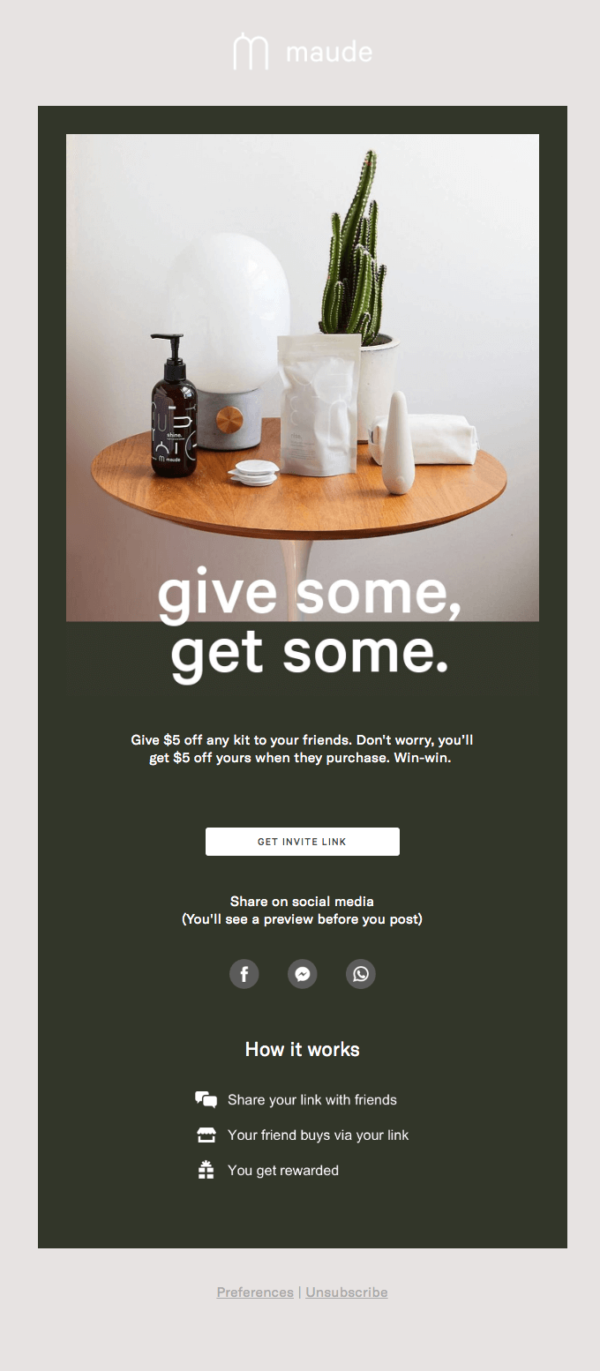
Important note: The email marketing funnel stages we’ve shared are not limiting. You can build a different-looking funnel based on your business’s customer journey that makes sense to you. Use the above steps as a guide and follow the upcoming tips to learn more about this process.
How To Create An Email Marketing Funnel
And now, let’s get down to business! See how you can set up your email marketing funnel and power up your marketing efforts:
1. Know your Target Audience
First off, to build an effective email marketing funnel, it’s critical to know your target audience inside out. Define your top buyer personas and their most significant interests, needs, and concerns. Where do they live? How old are they and what relaxes them in their free time?
All these questions will help you make better choices for your email marketing strategy. Figure out what content types they would be more interested in based on their demographics, such as age, geographic location, or employment.
For example, a young audience would be fond of podcasts and fun videos so that you can distribute them during the awareness stage. Of course, there’s going to be a trial-error phase, but hopefully, getting to know your target personas will help you empathize with them more and give them what they’re looking for in every step of the funnel.
2. Map the Customer Journey
Customer journey maps are visualizations of all the touchpoints and interactions a customer has with your brand from the first time they enter your pipeline. It’s an opportunity to analyze when, where, and how your ideal buyers interacted with your brand. Plus, think about what their intents and needs were at those timeframes.
Once you get the correct data, you will better understand how to use email marketing to succeed. For instance, if you realize that prospects look for customer stories early at the consideration stage, craft a relevant email and send it out.
But where can you find that data? You can use analytics tools like Google Analytics, your CRM solution, such as Salesforce, and email automation tools like Moosend. You can also run customer surveys to get direct feedback from buyers.
Want to create your own customer journey maps? Get this free template to save time!
3. Get an Email Marketing Automation Tool
To make the most of the email marketing funnel you’ve just built, you’ll need an email automation tool to keep track of all processes in one place. Platforms like Moosend allow you to take email marketing to the next level with features such as list segmentation, personalization, and automated email campaigns.
You can also use its newsletter editor to create branded campaigns using ready-made templates without needing coding or design skills. And once you’ve sent out your lovely campaigns, you can use the analytics and reporting tools to monitor the performance.
In short, if you want to succeed in email marketing, you need an email marketing platform by all means. You can also connect it with your existing marketing stack for maximum marketing efficiency.
4. Grow your Email Lists
Well, all this is amazing, but how can you increase your email subscribers in the first place? You should collect their email opt-ins. Thankfully, there are lots of ways to approach that. Firstly, you can create pop-ups on your website with sign-up forms. You can also provide some incentives to make subscriptions more attractive for visitors.
You can also craft lead magnets to capture more email addresses. They are free marketing items for prospects, such as ebooks, infographics, and reports. Also, make sure to create branded landing pages with solid design and copy to boost conversion rates.
Demos and free trials are, of course, powerful tools to collect new email addresses. Plus, when customers sign-up for them, they’re probably way down the funnel and not at the awareness stage. So place them at profound places on your website to save time.
5. Build Drip Campaigns
Knowing your email marketing funnel will let you create efficient drip campaigns. With this method, you can automate a series of emails at specific times and dates based on the subscriber’s action. For example, let’s say that someone has signed up for the first time on your list. Then, you can schedule a welcome email for them, and in three days, you can send them a follow up including an infographic or a blog post.
These automated email sequences will keep your audience warmed up at critical times during the customer journey. And with an email marketing funnel, you’ll have a better idea of which emails can be more impactful as leads move down the funnel.
Want to learn some ready-made automation workflow examples? Here’s our guide.
6. Monitor your Results and Adapt
And finally, you will not be able to craft an effective marketing funnel without access to an analytics tool. See how your emails perform in each stage of the funnel to make the best possible adjustments. Let yourself experiment with different tactics and once you spot the formula that works best for you, capitalize on it.
More specifically, by monitoring email metrics such as open and click-through rates, you can understand how powerful these emails are and ways to improve them down the road. It’s also crucial to monitor spam rates as if they start rising, they will probably hurt your sender’s reputation down the road.
Boost Your Business ROI Via Email Marketing Funnels
So if you invest in email marketing to increase your business revenue, you need to build a funnel to guide the way. Use the methods we shared above to visualize and map your email marketing funnel in simple steps, and you’ll be more than pleased with the results.
Ready to send out targeted emails to nurture your customers? Get a Moosend account today and make emails that convert!
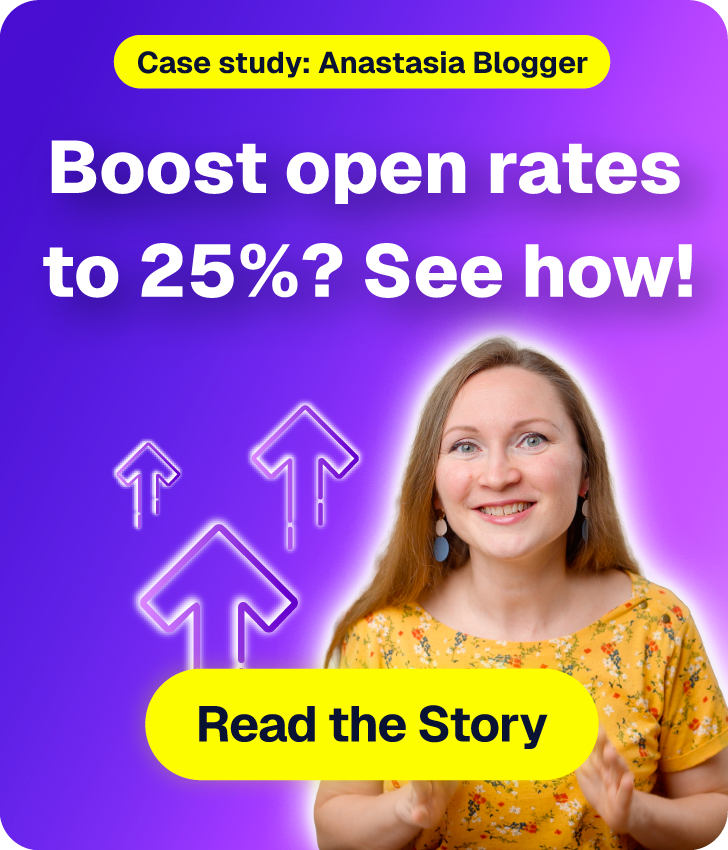
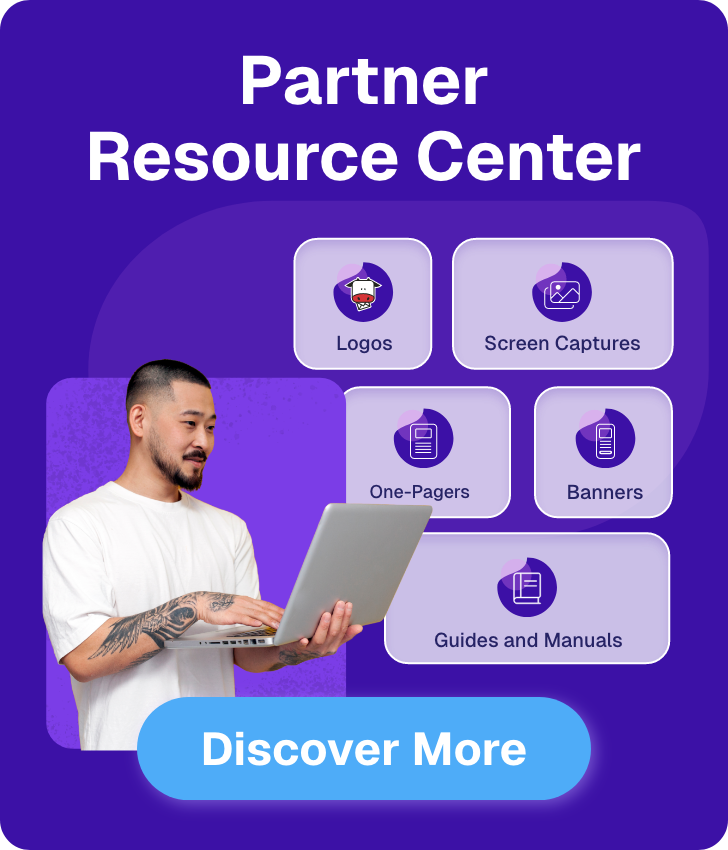

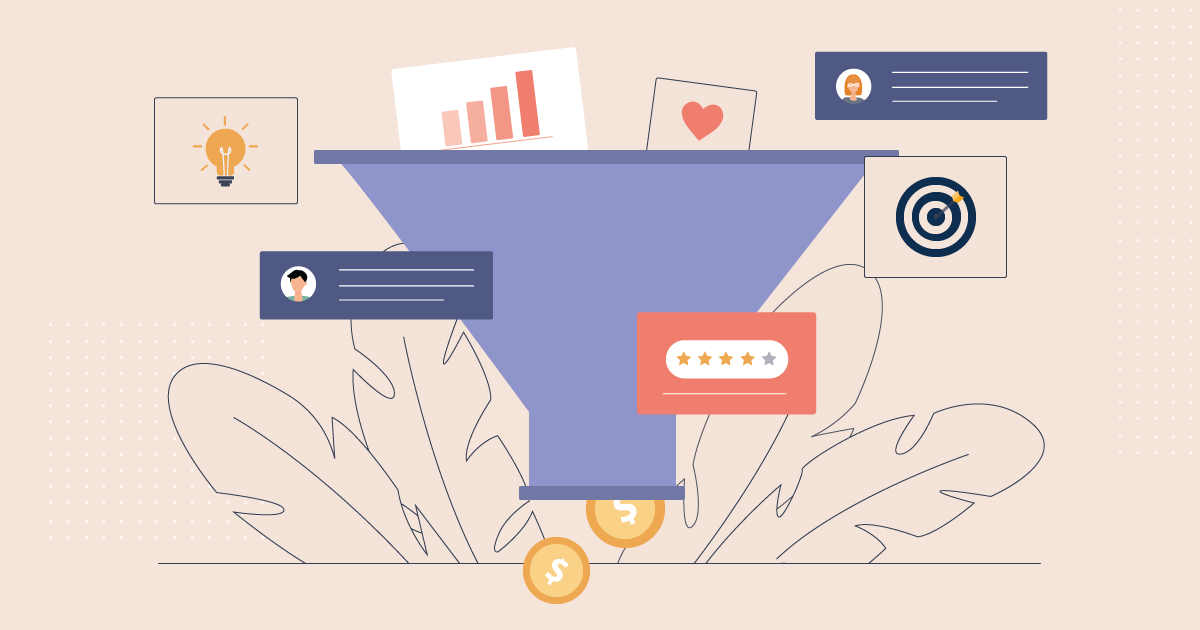
 Published by
Published by
